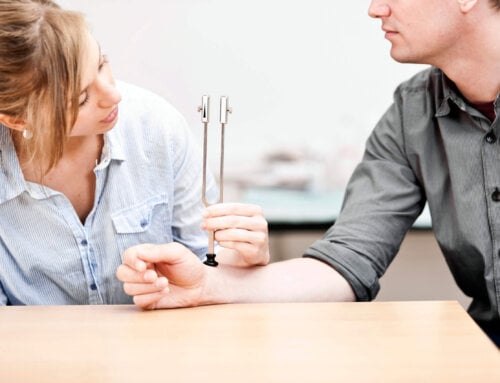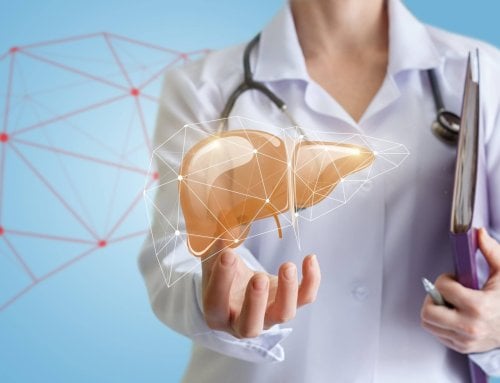I have been working with heart and diabetic patients for my entire career. Over the years, I have found an indisputable relationship between body mass and diabetes. The following are my recommendations for taking off your unwanted pounds to look and feel great, and help keep your blood sugar in a healthy range.
First of all, if you are diabetic or pre-diabetic, you probably have a series of physiological, sociological and genetic roadblocks getting in your way. For example, overweight people with diabetes are often fatigued which can make it difficult to exercise. This is related to hormone decline and can be treated. In addition, we now know that the risk of coronary heart disease is greatly increased in people with diabetes. Many cardiovascular drug therapies have side effects that may affect your ability to exercise and eat properly.
With a complete medical work-up and blood test, your physician can help identify, address and help treat the roadblocks that are connected to your diabetes and may be hindering your efforts.
Know The Right Diet
The diabetes & weight connection is clear. If your blood sugar drops and you eat a sweet or a starch, your blood sugar will rise sharply and then drop again after the insulin converts it to fuel. The fluctuations in glucose and insulin levels lead to hunger, craving, and binging. You have no metabolic stability.
After your medical work-up, your physician will know where to begin based on the level of glucose control you will need to establish through diet. A good place to start is cutting back on simple carbohydrates. Simple carbohydrates such as white or regular pasta, corn, sugared drinks, and juices are absorbed quickly and transformed into glucose. That’s great if your body is going to use them right away as fuel, but that’s not usually the case in diabetics or obese people.
In general, the initial program for people with higher glucose, A1C levels, and obesity allows approximately 45 grams of carbohydrates per day, spread between two or three meals: 15 grams at each meal to begin with for those with high risk of developing diabetes or who have very high blood glucose and A1C readings. As you start to decrease your body mass and your glucose level decreases, you will be able to increase the amount of carbohydrates you consume.
Keep Moving To Get Rid of Unwanted Pounds
Exercise plays an important role as a control mechanism for pre-diabetes or type 2 diabetes. It can literally blast through roadblocks. Following regular exercise training, cells can better respond to insulin and appropriately take up glucose out of the blood. Virtually every study also indicates that exercise is specifically advantageous for people with type 2 diabetes over the long run and attacks visceral fat and your lipid levels.
Let me emphasize how important it is for your doctor to review any sort of exercise program. Get clearance from a cardiologist before beginning to exercise. In general, you should begin with light exercise, perhaps 5 to 10 minutes a day.
Understanding the Goals of Nutraceutical Therapy
There is a general agreement that vitamins and supplements help protect you and strengthen your system against diabetes. Nutraceuticals (supplements that contain therapeutic levels of nutrients) have been clearly shown to help control lipid levels, blood pressure and inflammation; increase metabolism; supplement antioxidants; and aid with stress reduction and management of heart disease. One product I like that specifically targets blood sugar levels and helps control cravings is Res-Q 105Max. I recommend this product to my patients with diabetes and pre-diabetes.
Questions for Dr. Vagnini? Email us at [email protected].
NOTE: Consult your doctor first to make sure my recommendations fit your special health needs.












Leave A Comment